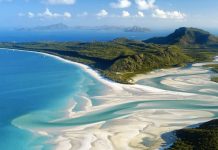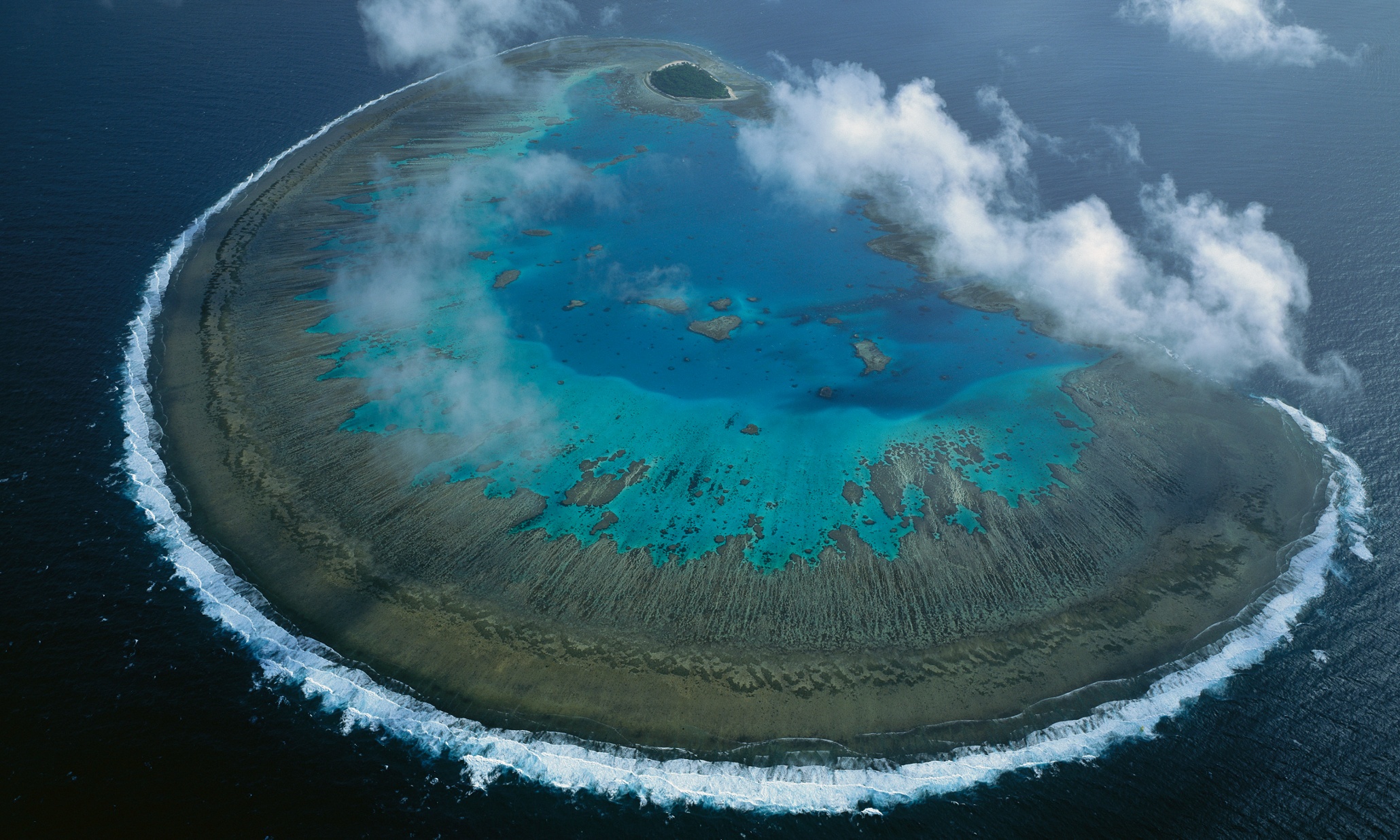This post may contain affiliate links. We may earn money or products from the highlighted keywords or companies or banners mentioned in this post.

Sitting in a Dublin pub nursing a pint of Guinness, I got talking to a fella who told me what seemed to be an amazing and improbable story.
It was about a woman from County Mayo who was a pirate and a scourge of Ireland's west coast, in the way that Black Beard had been the scourge of the Spanish Main. The time was 16th-century Ireland, when education was rare and women spent most of their life rearing children and looking after household affairs. But that was not the life of Grace O'Malley, sailor, captain, plunderer, mercenary, rebel, pirate – as well as wife and mother.
A picture gradually emerged of her charismatic personality, her wild life and disregard for social mores.
A little research quickly showed that this was not just Guinness-fuelled pub ramblings, but a fascinating story that belies everything we generally take for granted about the Elizabethan era, when women rarely had a life beyond their home. I wanted to see where O'Malley lived, and hear more stories about her exploits.
I was soon trundling west from Dublin on a slow train across lush and rich pasture. Ninety minutes into the journey we rattled across the river Shannon at the town of Athlone, Ireland’s geographical heart, into the province of Connaught. The landscape changed from fertile fields to wild and bleak – yet beautiful – peat bogs.
Another 90 minutes later, I arrived in the County Mayo town of Westport, staring down at the stunningly beautiful Clew Bay and the Atlantic beyond. The bay is scattered with hundreds of drowned drumlins (small low lying islands that are made of glacial debris left from the last Ice Age). The most famous of the mostly uninhabited islands is Dorninish, bought by John Lennon as a hideaway at the height of Beatlemania.
My B&B was a few steps from Matt Molloy’s, the famous pub owned by the world-renowned musician with the Chieftains. In here, all the locals knew stories about Grace O'Malley, or Granuaile (pronounced Gran ya Wale) in Gaelic. The land around Clew Bay was once controlled by the powerful O'Malley family; and although Westport did not exist back then, she was born on Clare Island, a few miles west at the mouth of the bay, and her legend lives on in the area.
The tales came thick and fast. Not everyone agreed on the facts, but a picture gradually emerged of her charismatic personality, her wild life and disregard for social mores. I was told that she was the leader of 200 fighting men on a small fleet of ships and would fight alongside them. Others said she would waylay passing merchant ships and demand a tax for safe passage – if they did not pay she plundered them. I was eager to know more, and someone gave me the number of a sailor named Aaron O'Grady who was also born on Clare Island and is something of a local expert on O’Malley. “He's your man,” was the general consensus.
O'Grady runs fishing and diving charters in Ireland's western waters and was setting off down the coast to Kerry the next morning, calling in at his home on Clare Island on the way. I arranged to meet him at the quay at dawn.
It was a blustery, wet morning, but as we set sail, the wind dropped, the rain eased and the sun eventually appeared as we cautiously manoeuvred around the multitude of small islands and sand bars.
“It's dangerous sailing for the unwary”, O'Grady said, as the 54ft yacht The Explorer yawed 40 degrees. “That's why the bay was a safe haven for Grace; she was born in that tower house we're approaching and grew up on these waters.”
Pointing north across the bay, he added, “If you weave your way between a dozen drumlins and avoid the sandbars and rip tides, you'll come to Carrickahowley Castle, a grand hideaway that her enemies found hard to reach. She was an elusive character and had other castle hideaways on Achill Island and Lake Corrib near Galway.
The O’Malley family were hereditary lords of the Mayo coast, and more than 500 years on, the tower house where she was born is still the tallest building on Clare Island. The gate to the historic monument was swinging wide open when I arrived, so I strolled in to what seemed a bleak home – but was probably considered luxurious when O'Malley was born in 1530. The upper floors have collapsed, leaving the house a hollow shell. There was a haunting presence in its ancient fabric.
As a child, O'Malley probably learned to handle a currach (a slim hide-covered rowing boat), which children were still learning to row in Clew Bay. I’d been told that she was always wayward: as a young girl, having been refused permission to join her father on a sailing expedition, she cut off her hair, dressed as a boy and snuck on board his ship.
O'Malley married local chieftain Donal O'Flaherty at 15 and bore three children. After her husband’s early death, she took many of his followers (he had ships and sailors for trading up and down the west coast) and returned to her ancestral home on Clare Island. Here she began sailing the seas, trading fish, fur and hides, and robbing the English when trade was slow. Nearby Galway was a major trading city and ships from England and Scotland had to pass Clew Bay en route. It was from this that the legend of Granuaile: Pirate Queen of Connacht began.
I strolled west across the modest 15-sq-mile island made of hills, bogs and patches of woodland, heading for the 12th-century Cistercian Abbey where O’Malley was buried in 1603. The Abbey was much larger in its heyday, but the single remaining building is the size of an ordinary village church. Inside was an elaborate O’Malley crest depicting the family’s hunting, sailing and fighting prowess, but O'Malley’s burial chamber was nowhere to be seen. Legend has it that she may be buried in a vault behind the large family crest, but no one knows for sure.
The building had the ambience of a medieval barn – rough stone, huge beams and gravel floor – but contained some remarkable, although badly damaged, wall and ceiling frescos. The frescos would once have covered the entire ceiling in a kaleidoscope of colourful human and animal figures, including dragons, cockerels, stags, a harper, birds and trees. The faded images seemed distant, like peering through a veil into the past.
Back on the mainland, I made my way to Carrickahowley Castle at Rockfleet, an inlet on the north side of Clew Bay, which O’Grady had pointed out to me. After marrying, her second husband, Richard Bourke in 1566, this became O'Malley’s main home, and its big attraction was its inaccessibility and stout defences.
Stories say that after just one year of marriage she evoked an ancient Celtic law by putting her husband’s property outside and greeting him on his return home by shouting from the ramparts, “Richard Bourke I dismiss you!” They later reconciled and remained together until his death 17 years later.
When Bourke died in 1583, O'Malley’s clashes with the English intensified, and her son Tibbot was captured. That September, she sailed to England, up the River Thames to Greenwich Palace, and met Queen Elizabeth I, where she negotiated Tibbot's release and her own pardon by agreeing to fight the Queen's enemies.
In the 1603 battle of Kinsale, Tibbot and other Mayo chiefs fought with the Queen of England's forces, helping to defeat the Spanish and their Irish rebel allies. This was probably one of the reasons O'Malley was disowned by Irish historians; the other was her unladylike behaviour of flouting every conceivable law, tradition and social custom of the times.
Since O'Malley was written out of official Irish history, very little written information exists. Irish historians were usually religious monks, and being a woman, she was ignored. But there’s always an alternative history to accepted traditional texts, and stories and legends about her exploits are widespread in Mayo. Just goes to show: never pass up the chance for a pint of Guinness and some pub banter. You never know what you might learn.
If you liked this story, sign up for the weekly bbc.com features newsletter, called “If You Only Read 6 Things This Week”. A handpicked selection of stories from BBC Future, Earth, Culture, Capital, Travel and Autos, delivered to your inbox every Friday.










